In addition to the series of frescoes in the Arena Dome, the only surviving frescoes that are confidently attributed to Giotto, are considered works that adorn the Bardi and Peruzzi
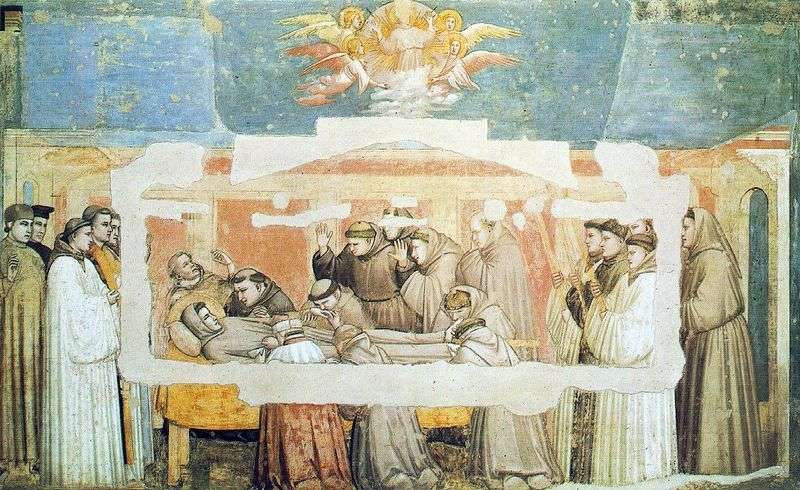

In addition to the series of frescoes in the Arena Dome, the only surviving frescoes that are confidently attributed to Giotto, are considered works that adorn the Bardi and Peruzzi
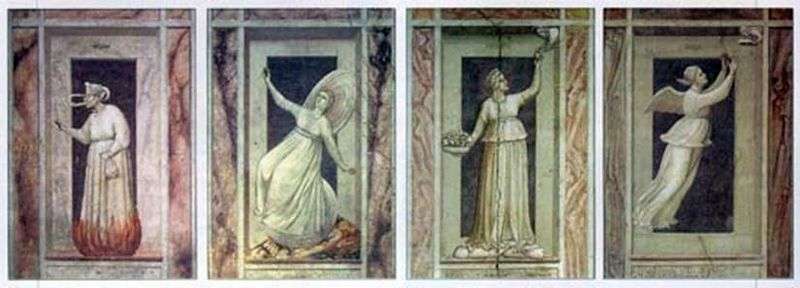
Under the main frescoes of the Capilla del Arena in Padua, Giotto placed a series of images embodying human vices and virtues. On the south wall of the chapel, he
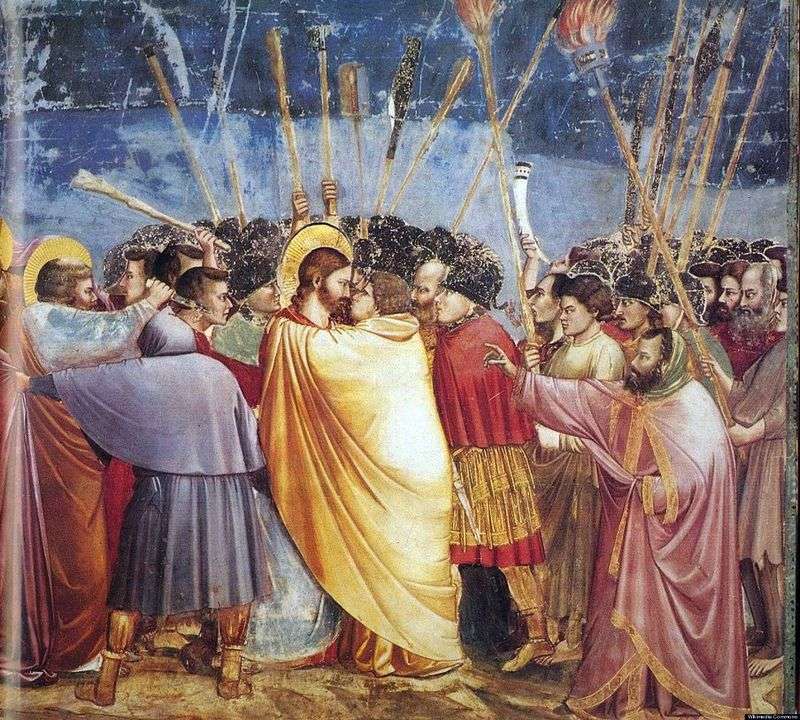
This is one of the most famous “choral” scenes in the murals of the Capella del Arena. It shows more than two dozen characters. But in the image of Giotto,
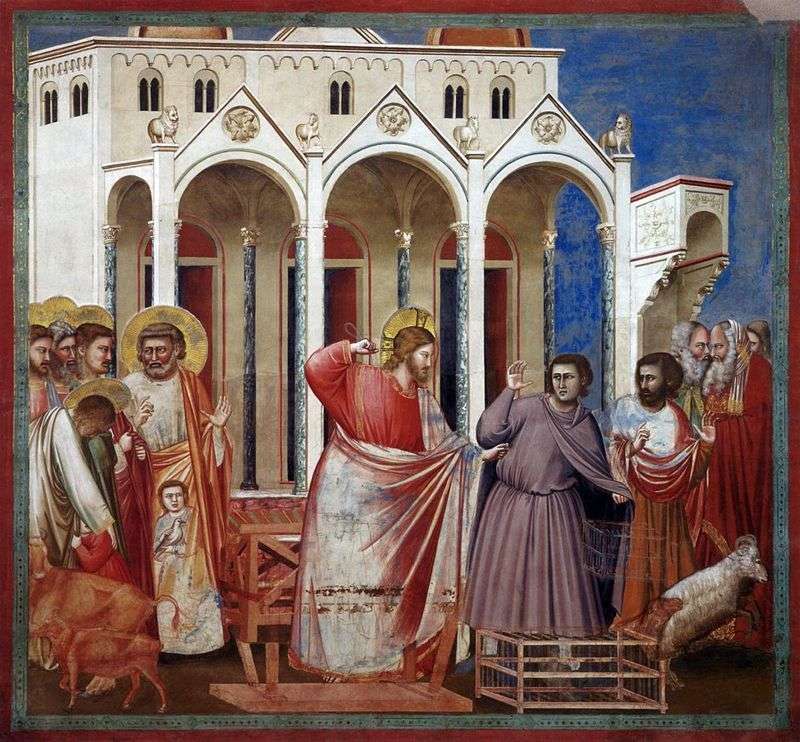
As in many other multi-figure scenes of the fresco cycle from the Capilla del Arena, the action is taken outside the temple interior to the square in front of the
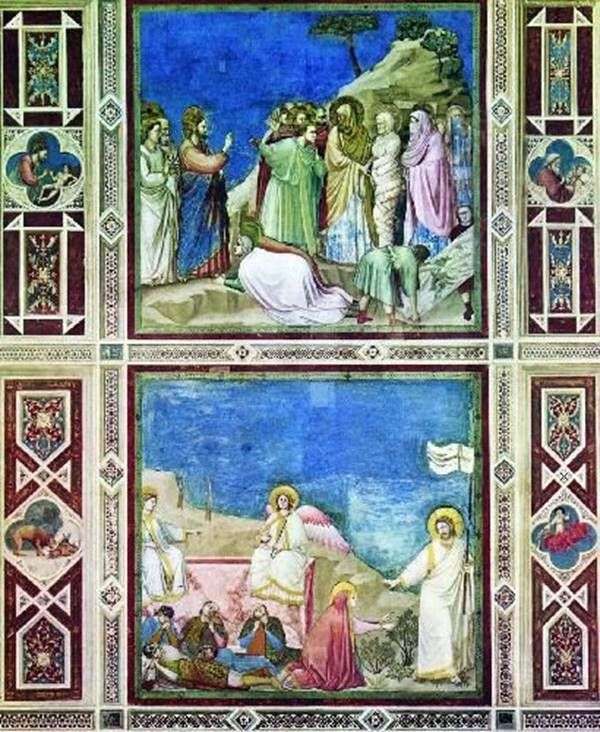
The most famous works of Giotto are murals in the Arena in the Padua. named so because in its place was once the circus arena. The chapel was built in
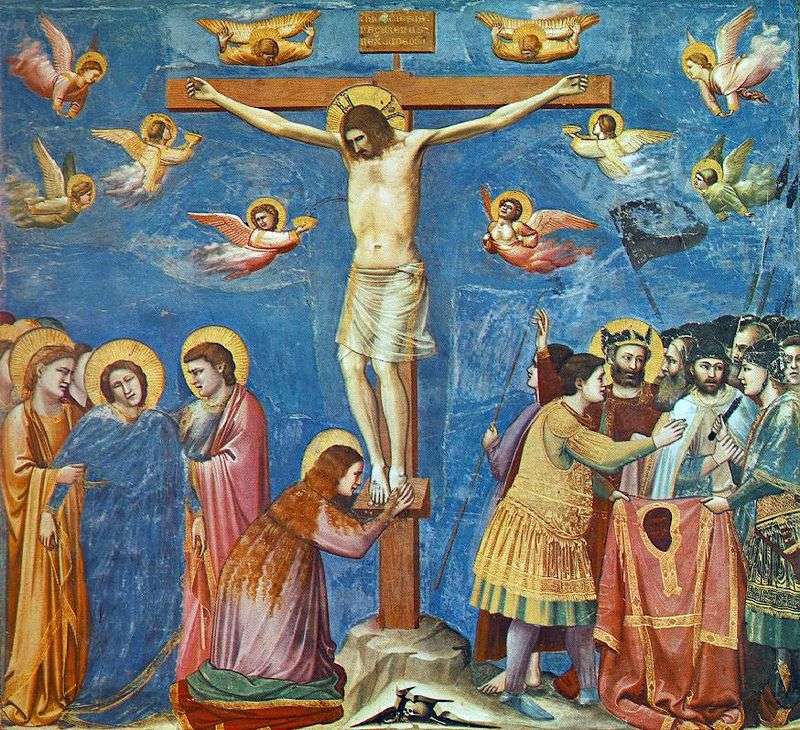
Like all the works in the Chapel del Arena, this fresco was made by Giotto in the technique of “bouillon fresco”, which involves painting on wet plaster. When drying, the
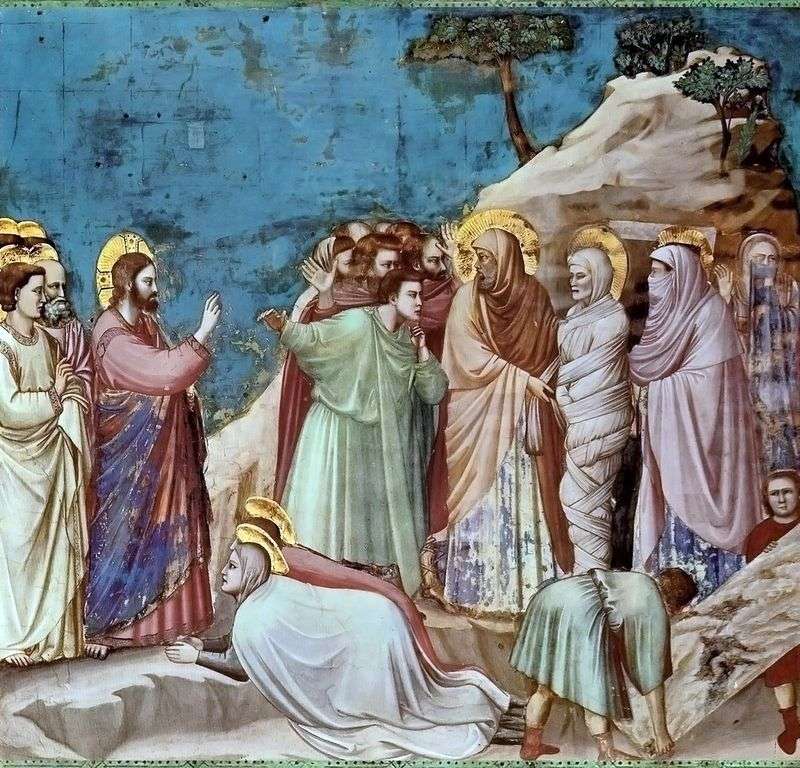
In his works, Giotto often chose this type of multi-figure, composition, where the main plot action is accompanied by many side events. At first glance, small and minor, they together
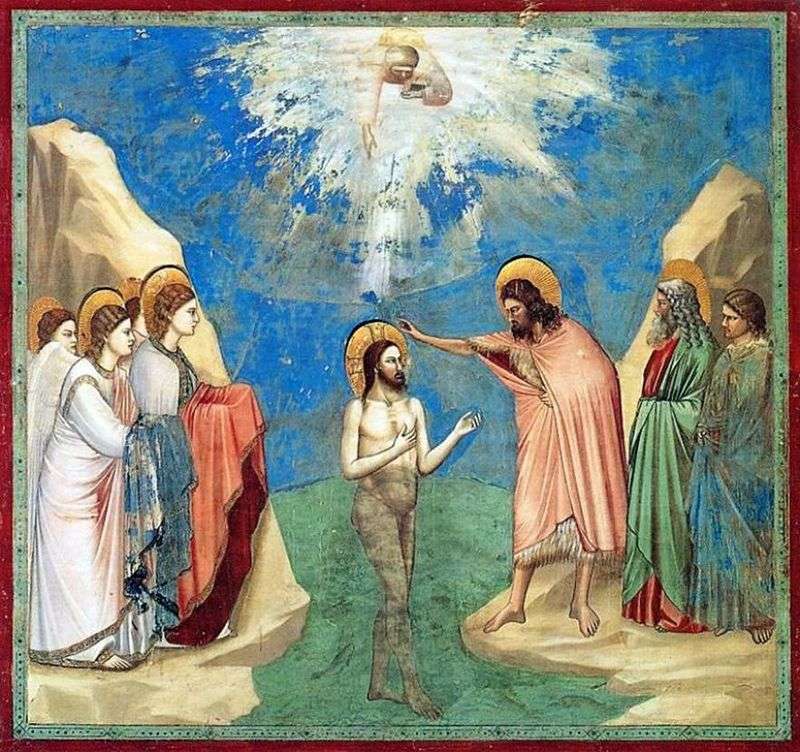
This scene from the cycle of fresco paintings of the Capilla del Arena confirms the established view that the principles of the visual stylistics of Giotto, generally designed to provide
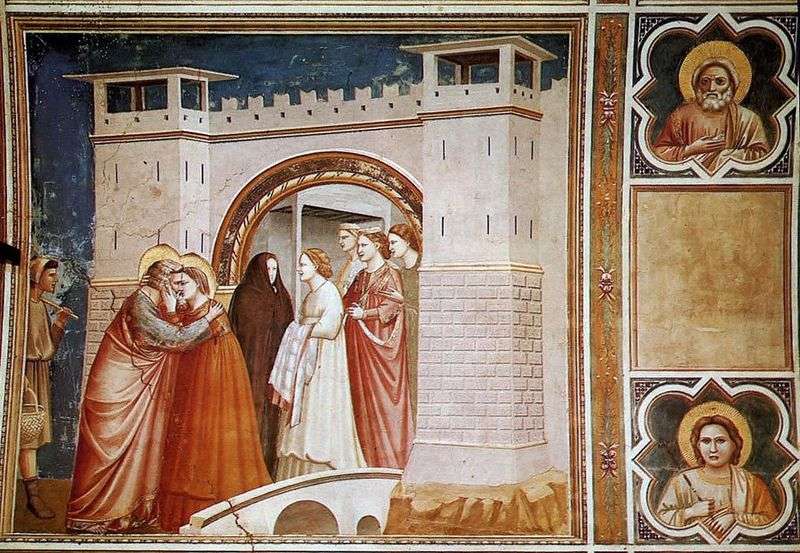
Giotto introduced into the traditional system of murals new subjects related to the life of Joachim and Anna, the parents of Mary – the Mother of Christ. The landscape in
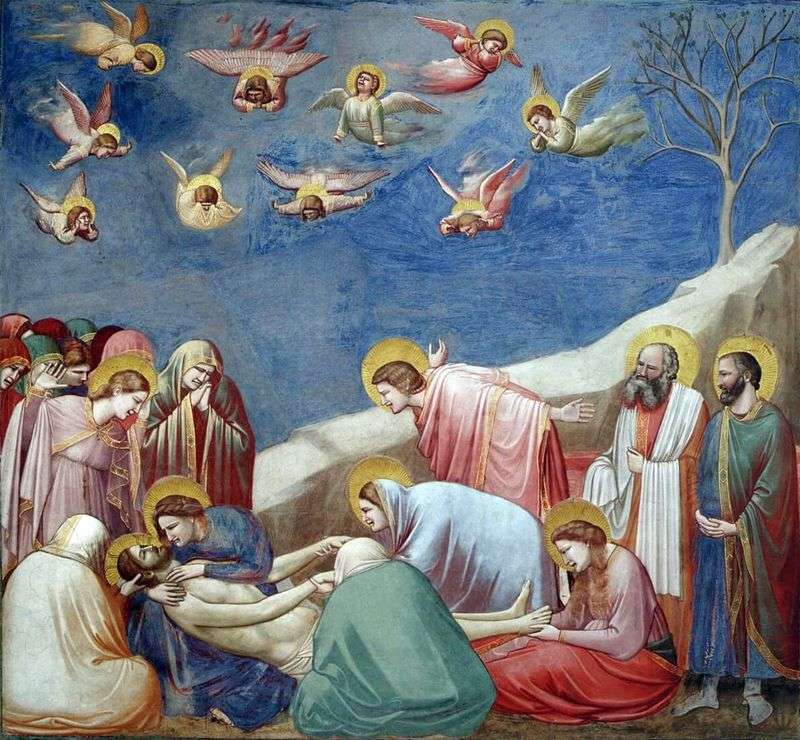
This masterpiece of Giotto is the pearl of the Capilla del Arena. The center of the composition are two close faces: the dead Christ and His Mother. It is here
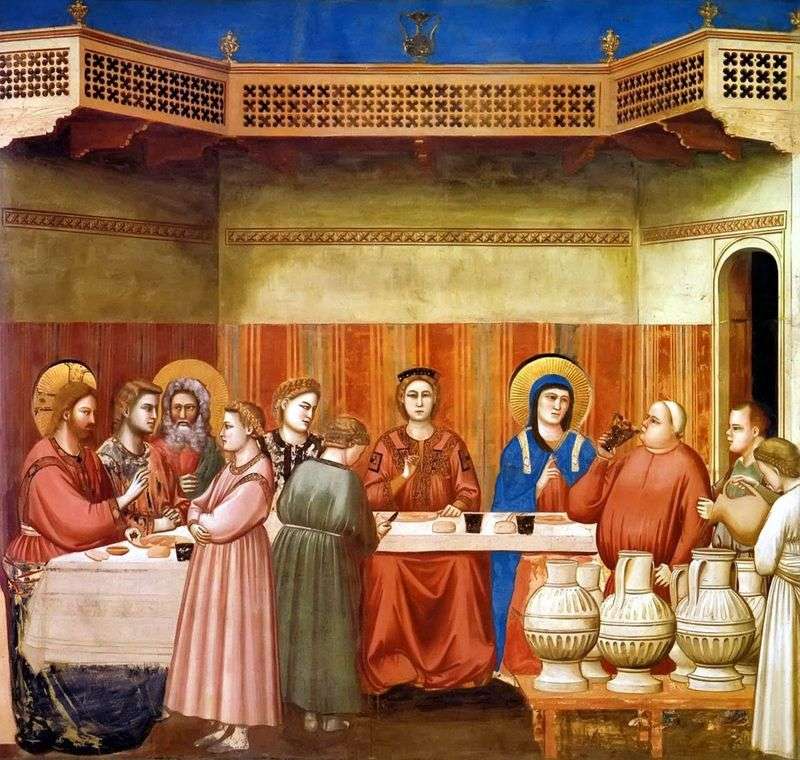
The Gospel of John tells how, during the marriage feast in Cana, Christ turned water into wine. Fresco Giotto is a fairly developed version of the iconography of this story.
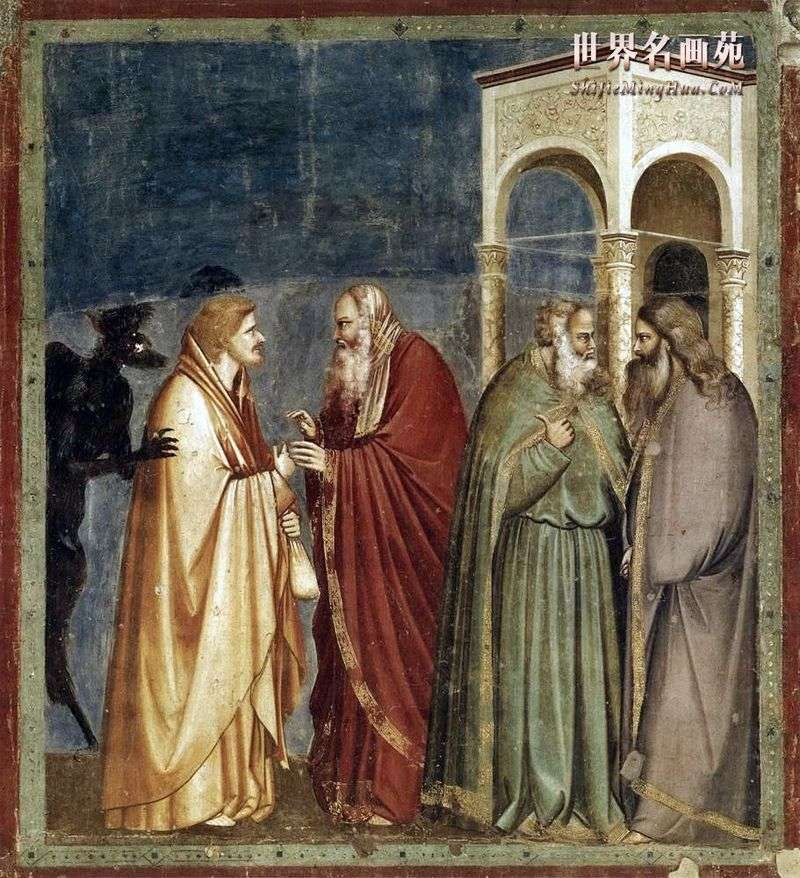
The image of the betrayal scene is placed on the left side of the triumphal arch in the Chapel del Arena. In the interpretation of this evangelical event, Giotto does
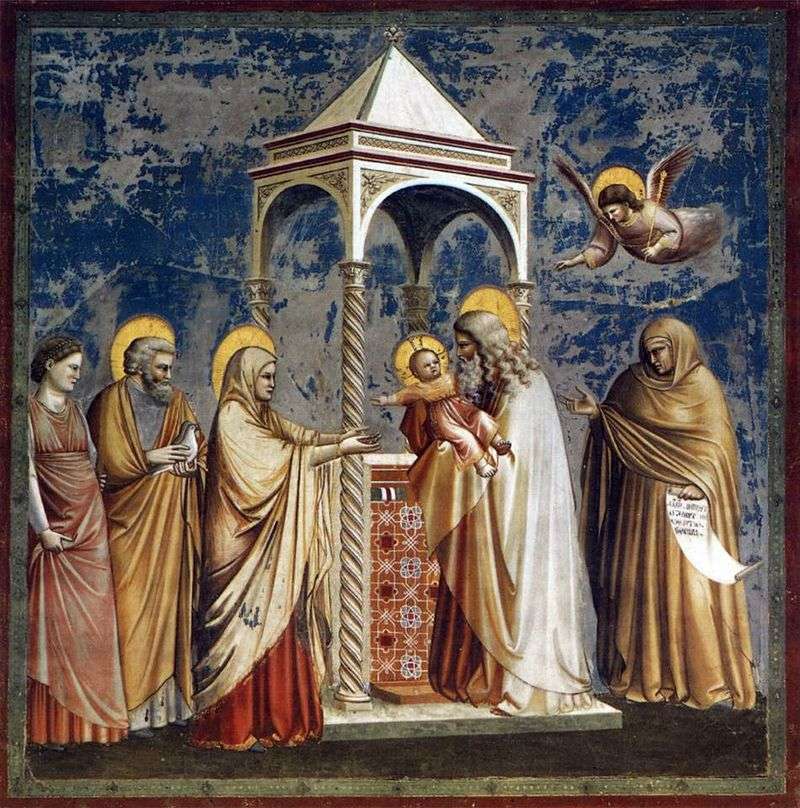
In the eastern wall of the chapel there is an arched hole leading to the altar, the walls of which are also painted, but Giotto has nothing to do with
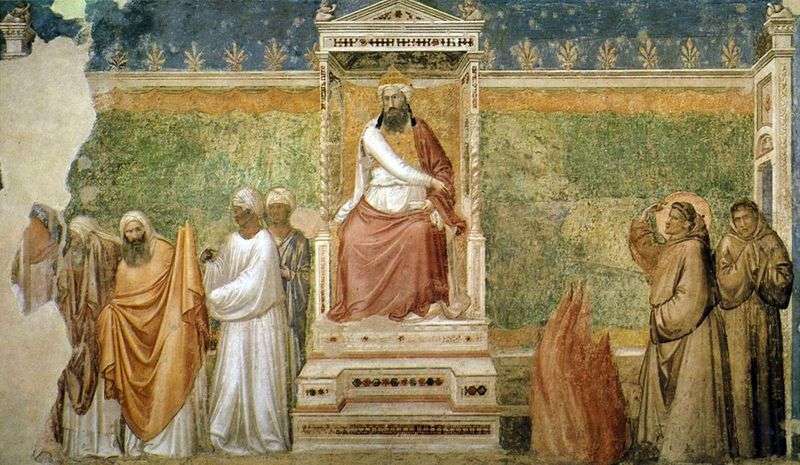
The last surviving paintings of Giotto are the frescoes in the chapels of Bardi and Peruzzi in the Florentine church of Santa Croce. This is one of them. She enters
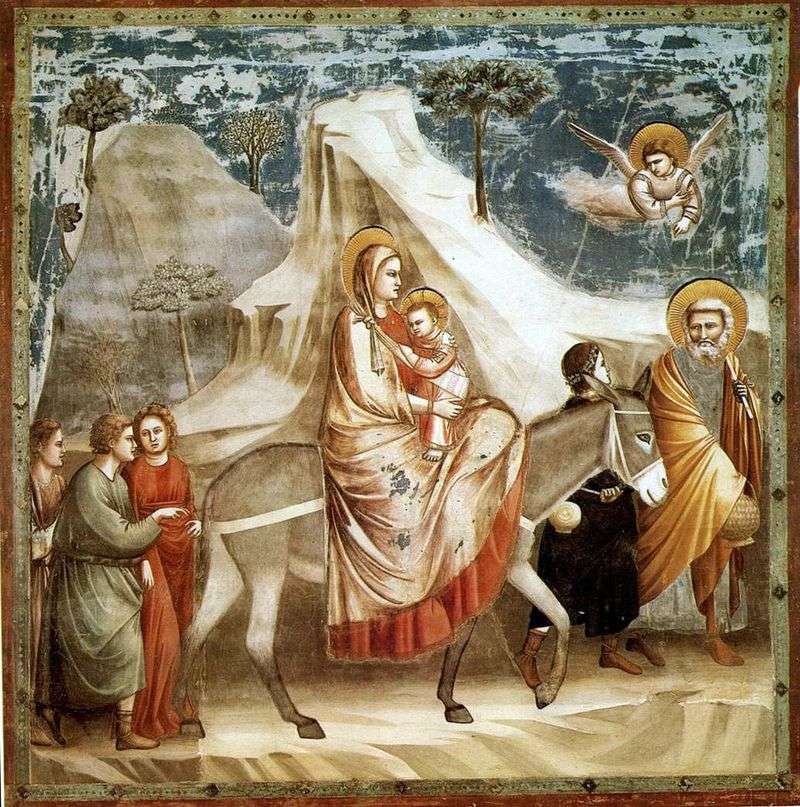
Fleeing from the massacre in Bethlehem by King Herod, the Holy Family travels to Egypt. This work Giotto – a real masterpiece of the compositional organization. The movement consisting of
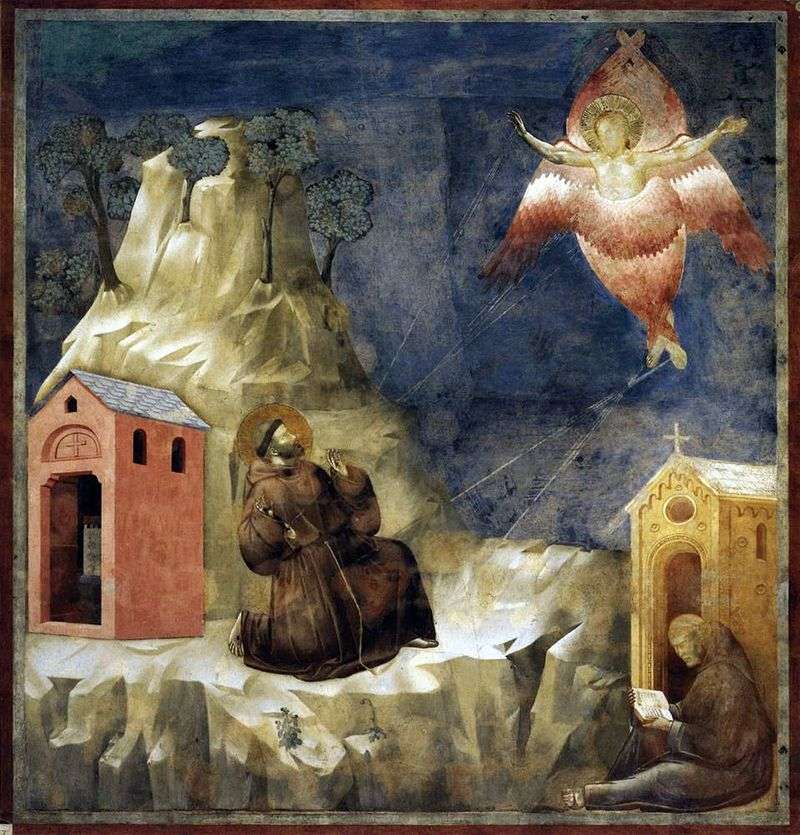
The frescoes decorating the church of San Francesco in Assisi are another acute problem of “jottology”. The construction of this church began in 1228, immediately after the canonization of St.
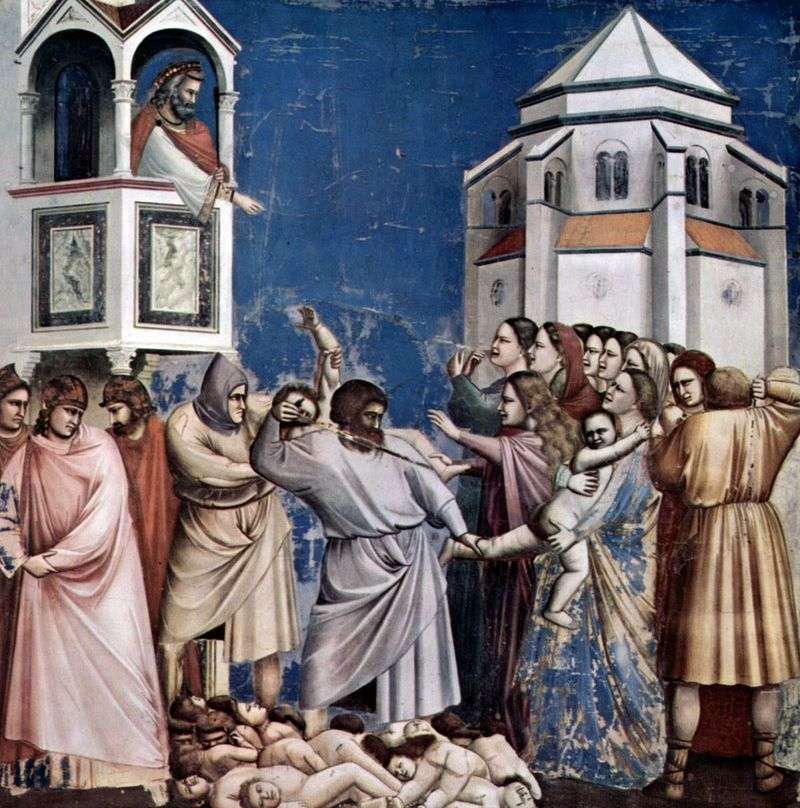
One of the main achievements of the Jottian art can be considered the intensive development in it of the qualities of maximum visual clarity, allowing to achieve exhaustive clarity of
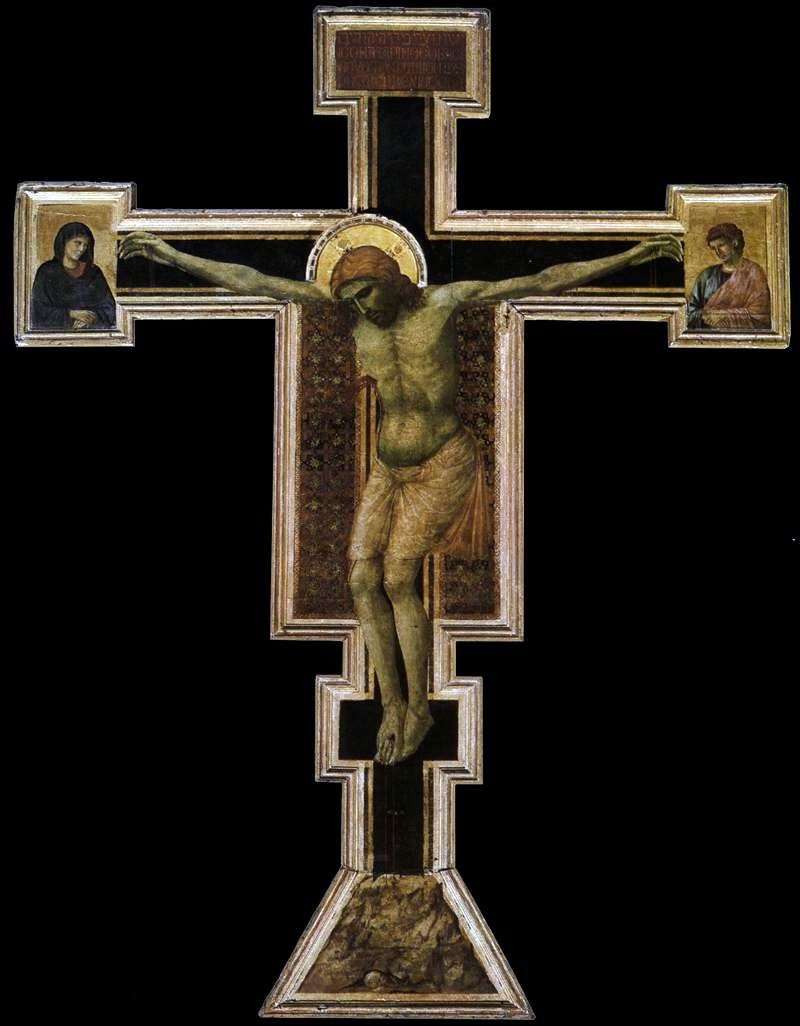
Among the works attributed to Giotto, there are three large crucifixes. It is carved in the form of a cross wooden panels with the image of a crucified Christ. One
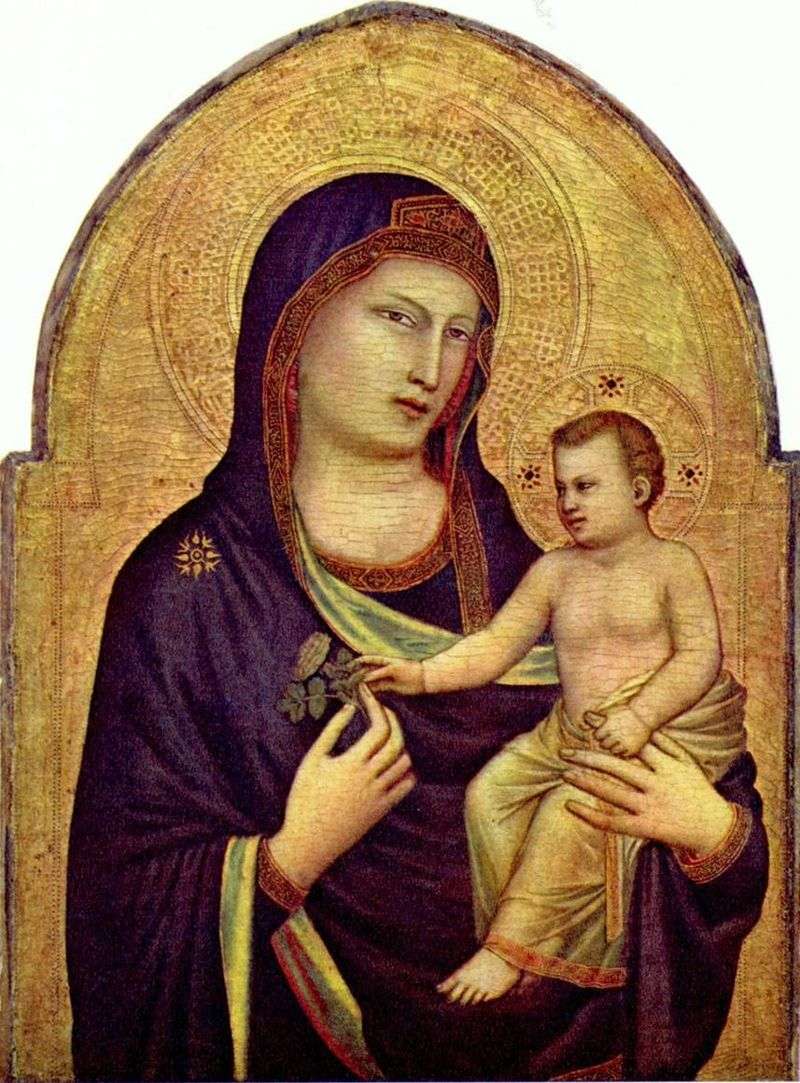
The name of Giotto is associated with the beginning of a new stage in the development of Italian art, marked by a break with the medieval tradition of Italo-Byzantine art.
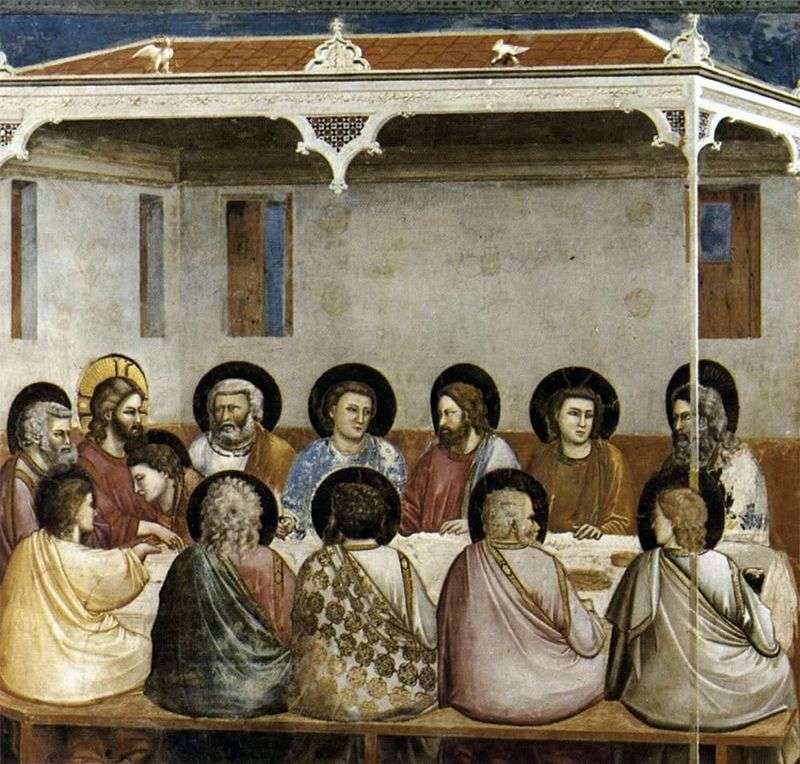
The composition scheme of this Giotto fresco connects certain features of the Byzantine prototype with completely new motifs that can enhance the so important for the artist effect of the
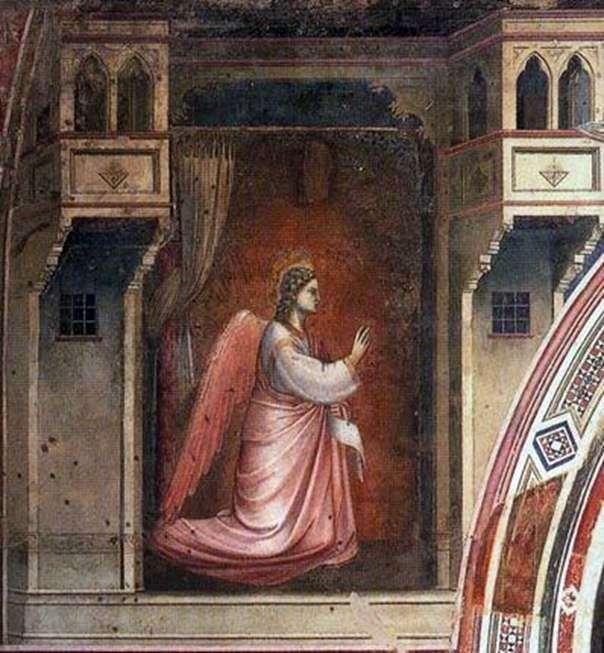
Giotto is poorly represented in museums around the world. Only “Madonna of Onisanti” is exhibited in the Uffizi Gallery in Florence. Several other museums have panels that are attributed to